Unite d'Habitation and the Radiant City
What if all public housing projects had been designed by "the Pygmalion of modern architecture," not only their prototype?
When post-World War II Europe was faced with an urban housing crisis, France turned to a demigod in their midst who happened to be fluent in the matters at hand: Charles-Édouard Jeanneret-Gris, known to most as Le Corbusier.
A lifetime spent studying the confluence of design and the human experience culminated in Le Corbusier channeling his expertise into what became known as France’s “Unite d’habitation,” the prototype of which was and remains located in Marseille.
This first example in a series of several housing projects erected throughout Europe based on his design, the original became known as Cité radieuse, or “Radiant City.” Painter-architect Nadir Afonso collaborated with Le Corbusier to achieve its renowned hybrid brutalist-modernist style, which accounted for both the post-war shortages so dominant in the former style even as it accommodated the more humanized aesthetic principles of the latter.
Constructed between 1947 and 1952, the Radiant City consists of interior corridors running along the building’s longest axis on every third floor; each apartment occupies two vertical levels and spans the building’s width, removing the box-like feel of nearly all other apartment units. Outside, Le Corbusier envisioned the flat rooftop area as a common space in which residents could congregate or exercise. Artfully disguised ventilation stacks are encircled by a running track and at center rests, of all things, a kiddie pool. Alfonso’s most graceful touch appears in the form of his signature bright, minimalist color palette to counterbalance the concrete dreariness from which so many other brutalist projects fail to escape.
In conversation with its modern architectural contemporaries, to some the Unité and Radiant City is an eyesore; others continue to see it as “iconic.” Regardless of one’s descriptor of choice, with this one single structure Le Corbusier revolutionized Europe’s understanding of the possibilities of urban architecture for the masses, making Unité and the Radiant City a touchstone for generations of architect and design connoisseurs ever since.
For all these reasons, UNESCO’s World Heritage Committee has tentatively earmarked Unite d’habitation and the Radiant City for potential designation status. In the meantime, Le Corbusier’s is one urban housing project that continues to be well loved by the most important audience of all: the people who continue to live within its walls to this very day.
Know Before You Go
Only the Tourist Office and Convention Bureau of the City of Marseille is capable of organizing group visits


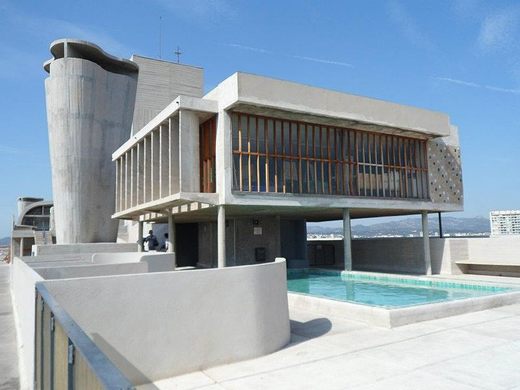






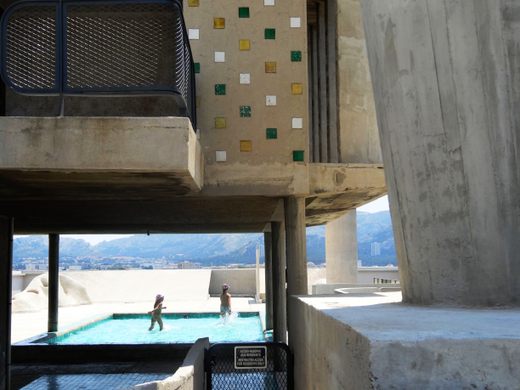
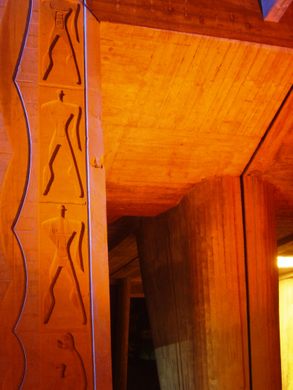





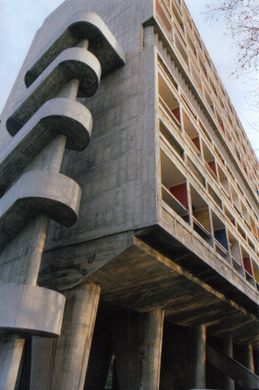



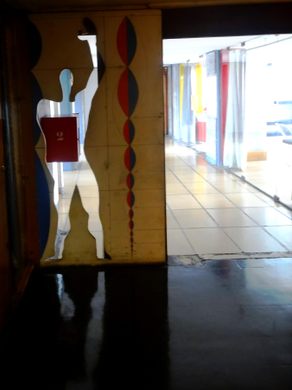

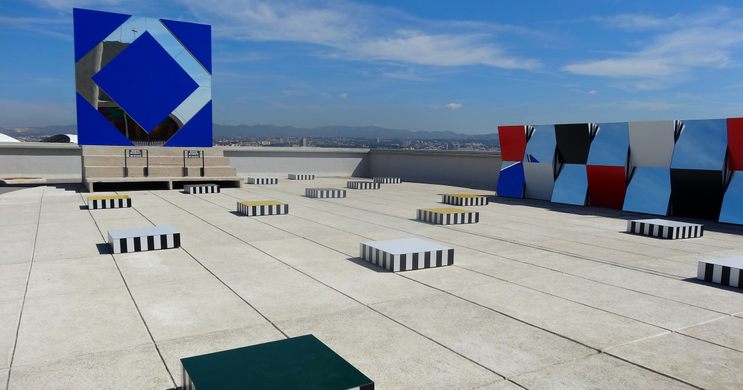



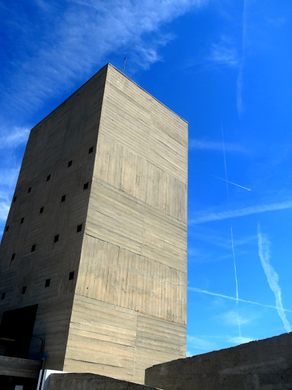

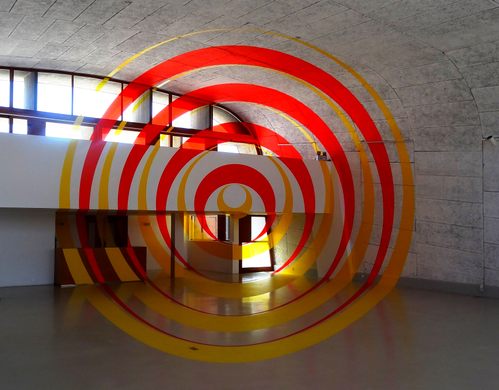












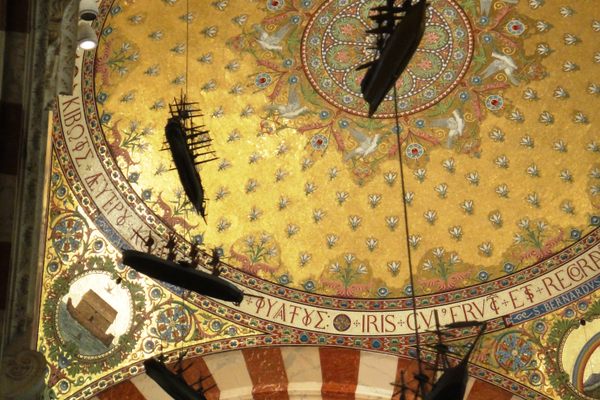
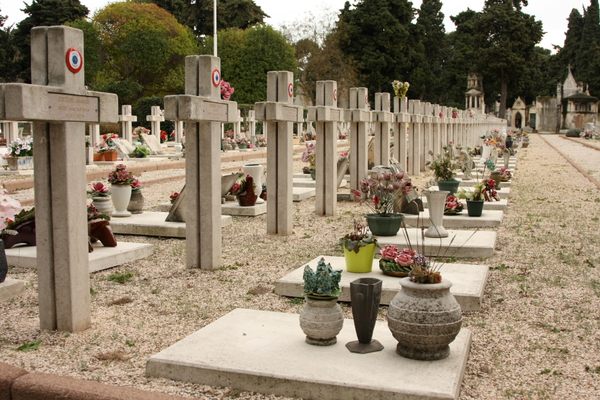
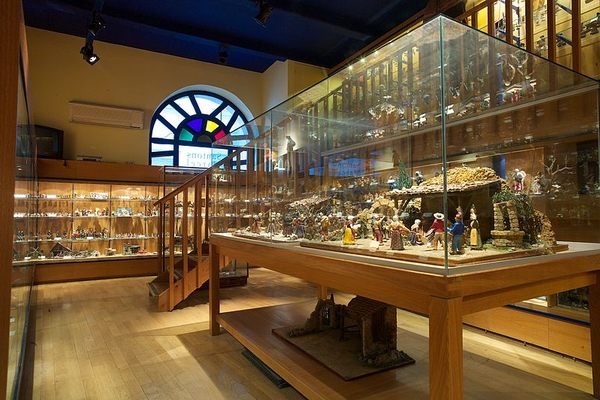
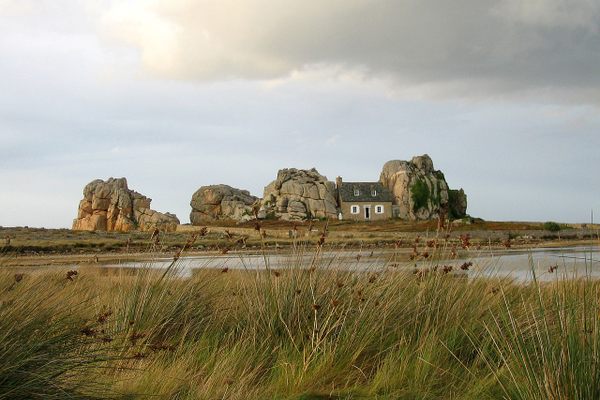




Follow us on Twitter to get the latest on the world's hidden wonders.
Like us on Facebook to get the latest on the world's hidden wonders.
Follow us on Twitter Like us on Facebook